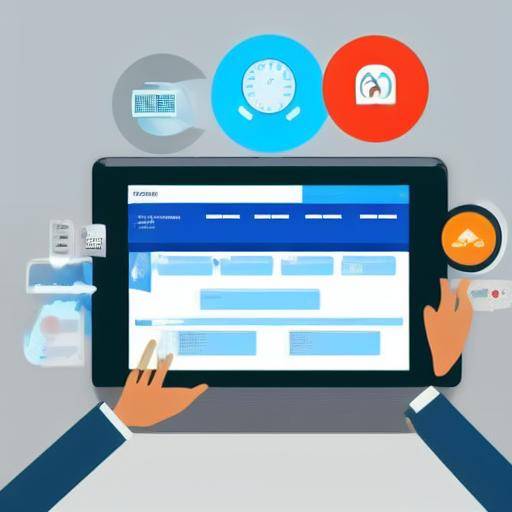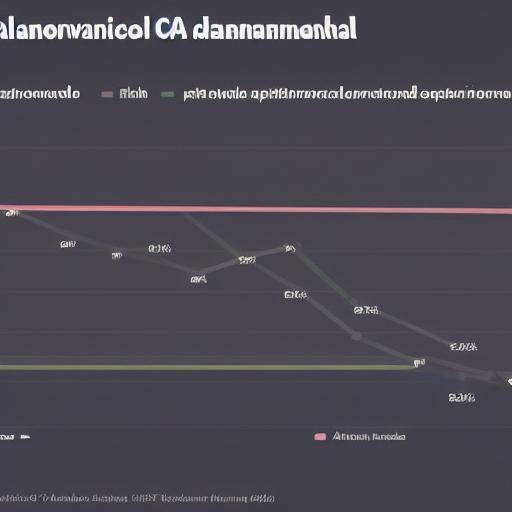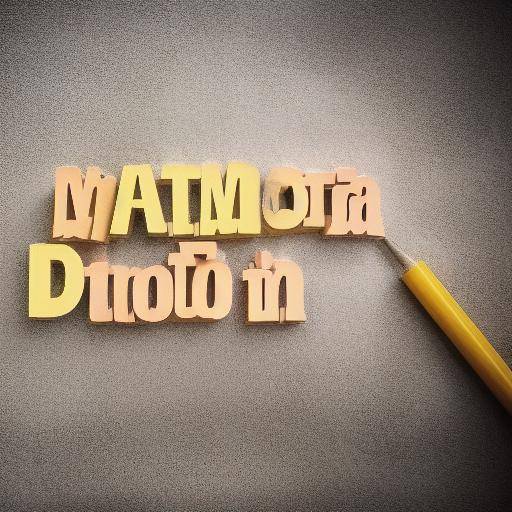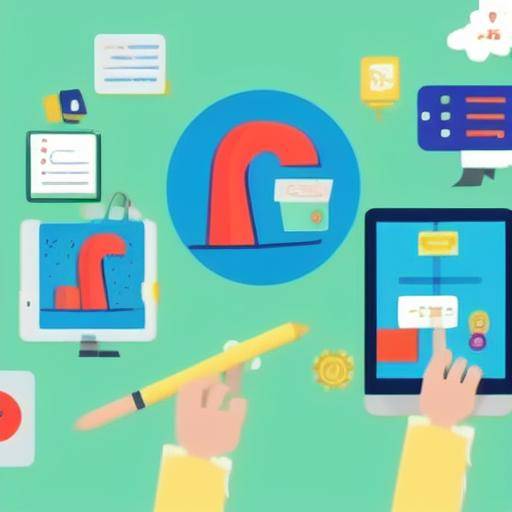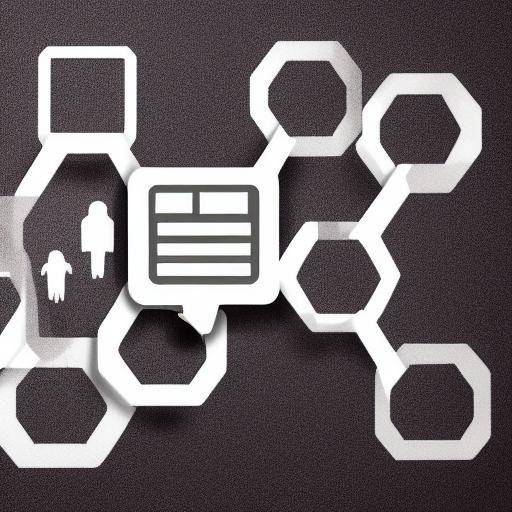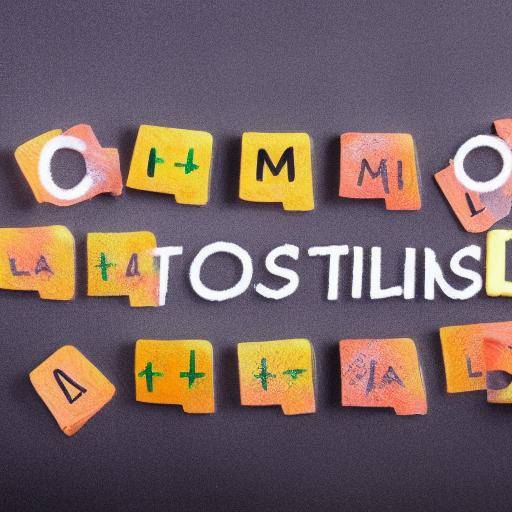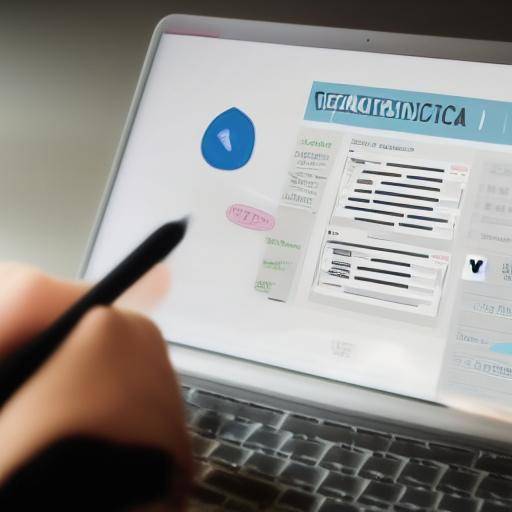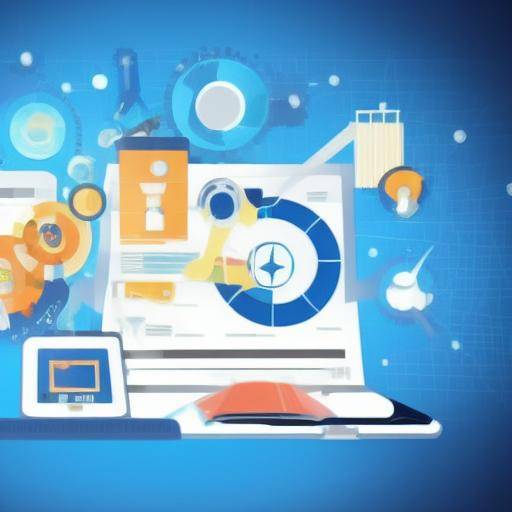
Introduction
In an increasingly digitalized world, the use of digital tools for personal strategic planning has become an essential practice for achieving success in professional and personal life. These tools allow people to organize their goals, priorities and activities efficiently, thus maximizing their productivity and achieving a balance between work and personal life. In this article, we will explore in detail how to use digital tools for personal strategic planning, identifying their importance, functioning, benefits and current trends. In addition, we will provide practical advice, examples of real cases, and expert opinions to help readers make the most of these tools.
History and Background
Personal strategic planning has been a recurrent practice throughout history, but the emergence of digital tools has completely transformed the way we approach this process. With the advent of the digital era, people have used tools such as mobile applications, project management software, and online organizing platforms to optimize their personal strategic planning.
In the 1980s, with the advancement of personal technology, the first electronic task management software and calendars emerged that revolutionized the way people organized their daily activities. As technology continued to evolve, mobile applications emerged that allowed for more agile and accessible planning. Today, we live in an era where artificial intelligence, automatic learning and cloud provide advanced digital tools for personal management and strategic planning.
The use of digital tools for personal strategic planning has experienced rapid expansion in recent years, thanks to the growing demand for solutions that enable people to organize their lives efficiently and effectively. Today, there are a wide range of digital tools that offer functionalities for task management, goal tracking, activity programming, and team collaboration, which has allowed individuals and professionals to keep up with their daily responsibilities more effectively than ever before.
Detailed Analysis
Benefits of Digital Tools for Personal Strategic Planning
Digital tools offer a number of significant benefits for personal strategic planning. First, they allow individuals to set clear targets and break them down into manageable tasks, which facilitates the monitoring and realization of tangible progress. In addition, these tools offer reminder and notification functions, which helps keep people on the way to their goals.
On the other hand, digital tools also provide detailed insights and analysis on the use of time and the fulfillment of goals, allowing users to identify areas of improvement and optimization in their personal strategic planning. In addition, the access capacity from any device with internet connection provides great flexibility, allowing individuals to manage their time remotely and remain productive while moving.
Finally, these tools also foster collaboration and teamwork, which is particularly beneficial in working environments or shared projects. The ability to share files, assign tasks and maintain effective communication facilitates the achievement of strategic objectives both at the personal and professional levels.
Current Challenges and Trends
Despite the many benefits offered by digital tools, they are not without challenges. Excessive dependence on technology can lead to distractions, overloading of information, and blurring of real objectives. In addition, the learning curve for many of these tools can be intimidating for some users, and integration between different platforms can be complex.
As for current trends, there is a growing focus on integrating artificial intelligence and automatic learning into digital tools for personal strategic planning. This translates into improved predictive analysis capabilities, personalized recommendations and routine task automation, leading to greater efficiency in time management and decision-making.
On the other hand, mobility and accessibility are key trends in the development of digital tools, with a growing focus on adapting these solutions to mobile devices and instant synchronization between multiple platforms. In addition, information security has become a central concern, promoting the implementation of advanced measures to protect the personal and professional data of users.
Comprehensive review
The practical application of digital tools for personal strategic planning is diverse and encompasses different areas of life. These tools are not only useful in working environments, but they are also essential for managing household tasks, achieving personal goals, and organizing social activities.
A clear example of its applicability is its use in time management. By using digital tools, people can schedule activities, assign priorities, and set reminders, allowing them to optimize their productivity and reduce the stress associated with time management.
In addition, the ability to set long-term goals and break them down into smaller tasks offers users the possibility of making steady progress towards achieving their goals. Personal strategic planning benefits significantly from these tools, as they provide a structured framework for achieving success in a systematic and progressive manner.
In a professional context, the use of digital tools for personal strategic planning allows individuals to manage multiple projects, coordinate work teams and keep abreast of expectations and deadlines. The capacity for collaboration and communication offered by these tools is crucial for efficiency and productivity in the current working environment.
Comparative analysis
When comparing digital tools, strategic planning and organization, there is a significant interdependence between these elements. Digital tools provide the necessary infrastructure to implement personal planning strategies, while facilitating the effective organization of tasks, priorities and times.
Strategic planning, in turn, is based on the ability to set clear objectives, define concrete actions and make informed decisions. The fusion of digital tools with strategic planning allows practical implementation of long-term strategies, as well as agile adaptation to unforeseen changes and challenges.
Finally, the organization is critical to efficient resource management, responsibilities allocation and coherence in the implementation of strategic plans. Digital tools offer a platform to organize information, documents and tasks in order to allow optimal workflow and effective coordination.
Practical Tips and Tips for Action
To make the most of digital tools in personal strategic planning, it is crucial to follow some practical advice. First, it is essential to identify specific needs for personal planning and select the digital tools that best fit those needs.
Secondly, it is important to familiarize yourself with the functioning and functionalities of the selected tools, through tutorials, online resource review or participation in training courses.
It is also recommended that a regular review and updating of the planned goals and activities be established to ensure effective and adaptable strategic planning. Flexibility is key to adjust planning based on changes in the internal and external environment.
In addition, it is essential to strike a balance between the use of digital tools and the conscious approach to tasks, avoiding the overdependence of technology and promoting autonomy and active decision-making.
Industry Perspectives and Expert Reviews
Several experts in time management, personal productivity and organization have shared their perspectives on the use of digital tools for personal strategic planning. They emphasize the importance of integrating these tools with informed decision-making and a balanced mentality towards productivity.
According to experts, the power of digital tools lies in their ability to amplify the impact of personal decisions and actions, rather than replace the human ability to prioritize and concentrate on what really matters. Effective collaboration with these tools is an opportunity to refine time management skills and keep focus on significant goals.
Case Studies and Practical Applications
The practical application of digital tools for personal strategic planning is illustrated through numerous case studies, with examples ranging from self-employed and entrepreneurial professionals to multinational business executives. A frequent situation is efficient time management, where individuals using digital tools report a clear improvement in their ability to meet deadlines and optimize their workload.
In addition, the use of these tools in project management allows the effective coordination of geographically distributed equipment, optimizing communication and task assignment. Cases of entrepreneurs who have managed to scale their businesses through the strategic use of digital tools are strong examples of their positive impact on personal strategic planning.
Future Trends and Predictions
The future of digital tools for personal strategic planning is seen as promising, with numerous trends aimed at greater integration, intelligence and customization. The evolution of artificial intelligence and automatic learning will translate into smarter tools capable of providing personalized recommendations, recognizing behavior patterns and anticipating individual needs.
Mobility and accessibility will continue to be central to the development of these tools. Increased convergence between platforms is expected, as well as the adoption of more intuitive user interfaces adapted to mobile devices.
Conclusion
In conclusion, the use of digital tools for personal strategic planning has proven to be an invaluable practice for individuals and professionals seeking to optimize their time, achieve their goals and maintain an effective balance between their personal and work responsibilities. The constant evolution of these tools, combined with the flexibility and adaptability of users, promises an exciting future and full of possibilities for continuous improvement in personal management.
Frequently asked questions
1. What are some popular digital tools for personal strategic planning?
Some of the most popular digital tools for personal strategic planning include task management applications such as Trello, Asana and Todoist, as well as activities programming tools such as Google Calendar and Microsoft Outlook.
2. How can I choose the best digital tool for my personal strategic planning?
Choosing a digital tool for personal strategic planning should be based on your specific needs, usability preferences and integration capacity with your existing devices and applications. Considers factors such as ease of use, features and long-term scalability.
3. What tips can you provide to make the most of digital tools in personal strategic planning?
It is essential to set clear goals, break them down into manageable tasks, set reminders, periodically review your progress, and maintain a balance between using digital tools and conscious attention in your daily activities.
4. What are future trends in using digital tools for personal strategic planning?
Future trends include greater integration of artificial intelligence and automatic learning, more friendly interfaces for mobile devices and greater security of personal information.
5. How can I avoid excessive dependence on digital tools for personal strategic planning?
It is important to establish specific limits and times for the use of digital tools, as well as to maintain a conscious approach to everyday activities and decisions. The key is to use these tools as support, not as a substitute for active decision-making.
6. What is the impact of digital tools on time management and personal productivity?
Digital tools have proven to have a significant impact on time management and personal productivity by providing organizational features, reminders and collaboration that facilitate improved efficiency and meeting goals.
In short, the use of digital tools for personal strategic planning is fundamental in the current environment, offering significant benefits ranging from better time management to the optimization of personal and professional goals. Keeping abreast of trends and good practices in this area is essential to maximize the use of these tools and achieve the desired balance in everyday life.
With this knowledge, individuals can accelerate their planning, achieve their goals and live a more organized and satisfying life thanks to digital tools.





